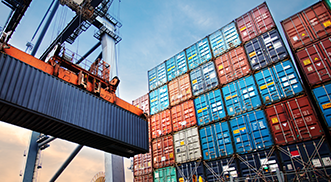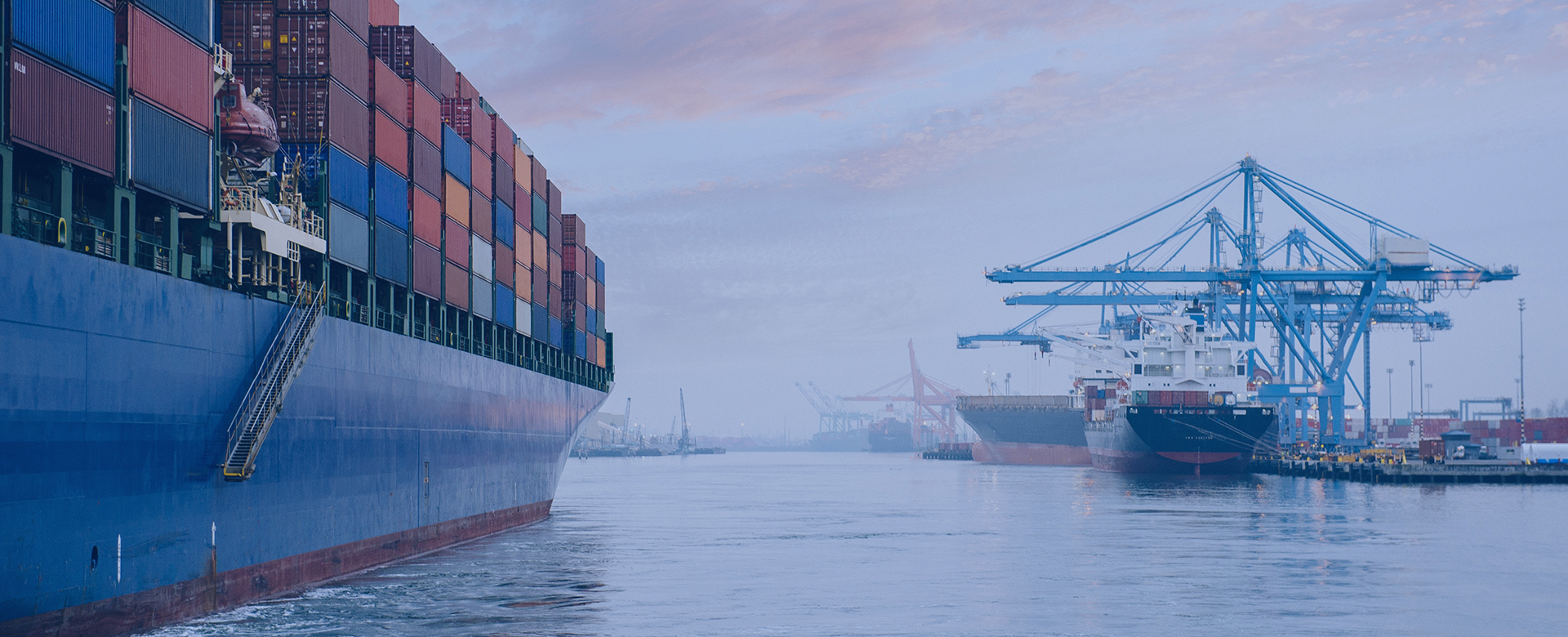The Lloyd’s Agency Network provides 24 hour, year round independent marine surveying and claims adjusting services to the global insurance industry and its customers.
Lloyd's Agents are appointed by Lloyd's to supply local shipping information and casualty intelligence, to provide surveying and, in most instances, claim adjusting services to the global insurance industry and its customers. Lloyd's Agents are carefully chosen for their professionalism and expertise. Services provided by Lloyd’s Agents in their regions include:
- carry out or arrange pre- and post-loss marine cargo surveys
- hull and machinery surveys
- adjust and settle claims and conduct recovery action on behalf of their principals
- undertake a range of non-marine surveying and claims activities
With over 250 Lloyd's Agents available 24/7 year-round and covering all major ports and commercial centres around the world, the Lloyd's Agency network forms the world's most extensive surveying and adjusting network.
Lloyd’s administers and manages the Agency network, provides quality control and supports clients’ use of the network.
Watch an introduction to Lloyd’s Agency Network

Training our Lloyd's Agents
Lloyd’s is committed to raising service standards. A programme of training and examinations exists to ensure Lloyd’s Agents achieve and maintain the high professional standards that are required by today’s clients.

Audits
All Lloyd’s Agents undergo a continuous process of audit and inspection. The Lloyd’s Agency being inspected is required to demonstrate high technical and professional standards.

Performance
Lloyd’s Agents are required to perform services in a professional and efficient manner, in accordance with good surveying practice. They are also expected to meet and perform approved service levels.
Noticeboard
The Noticeboard is an important and useful tool for Lloyd's Agents, to assist the management and day-to-day operation of the Lloyd’s Agency Network.
Contact us
If you have any questions about our Agency Network, please get in touch.


